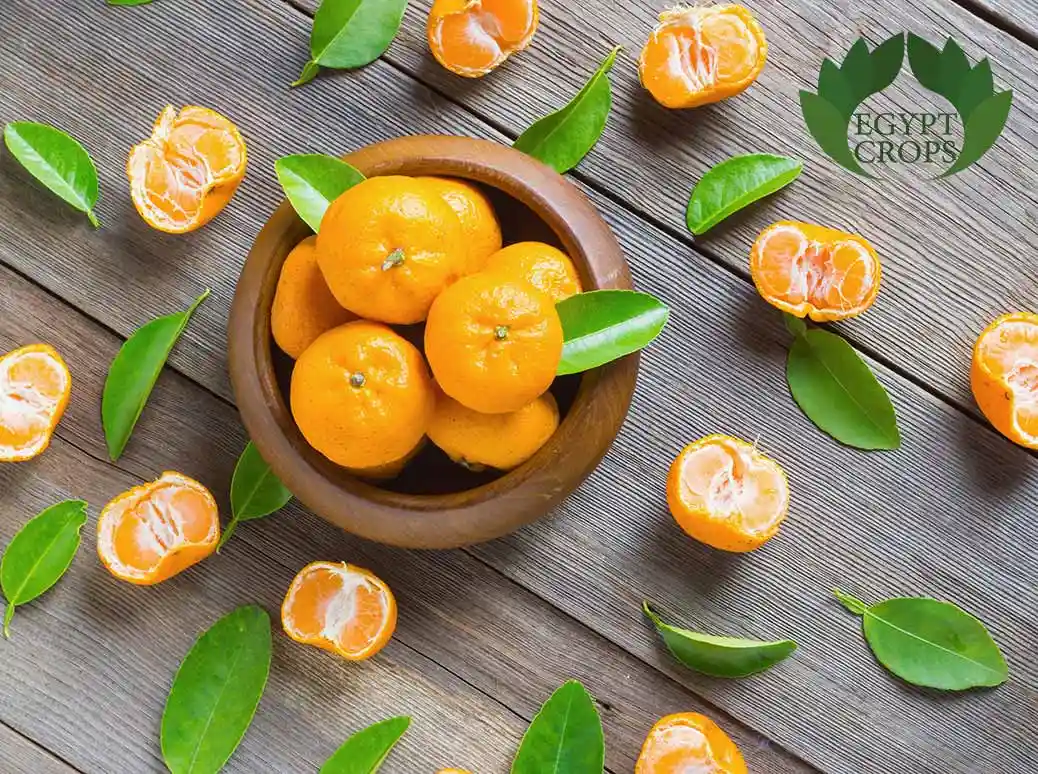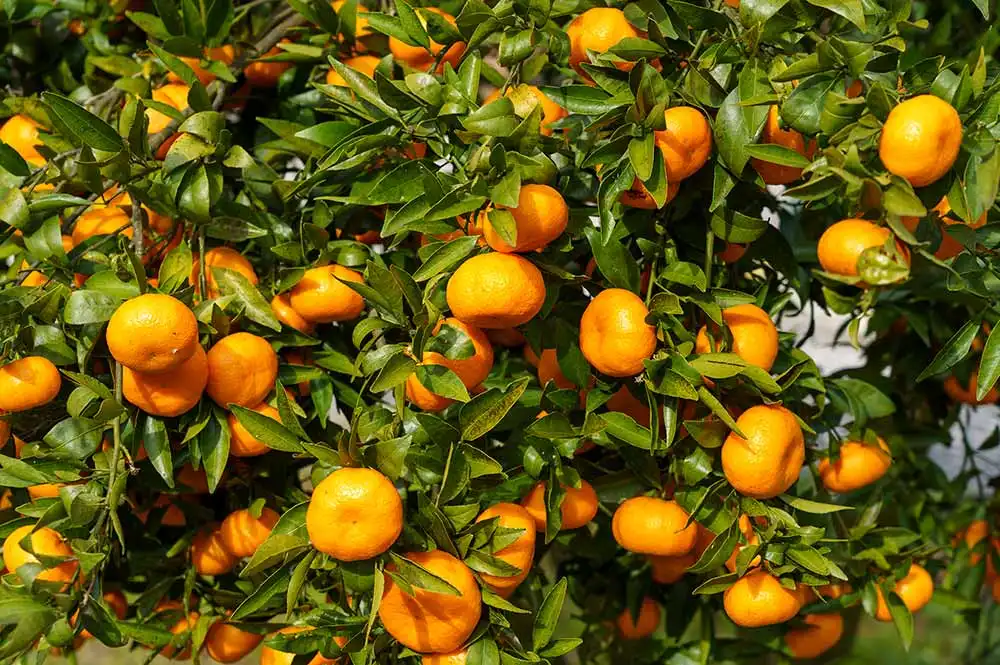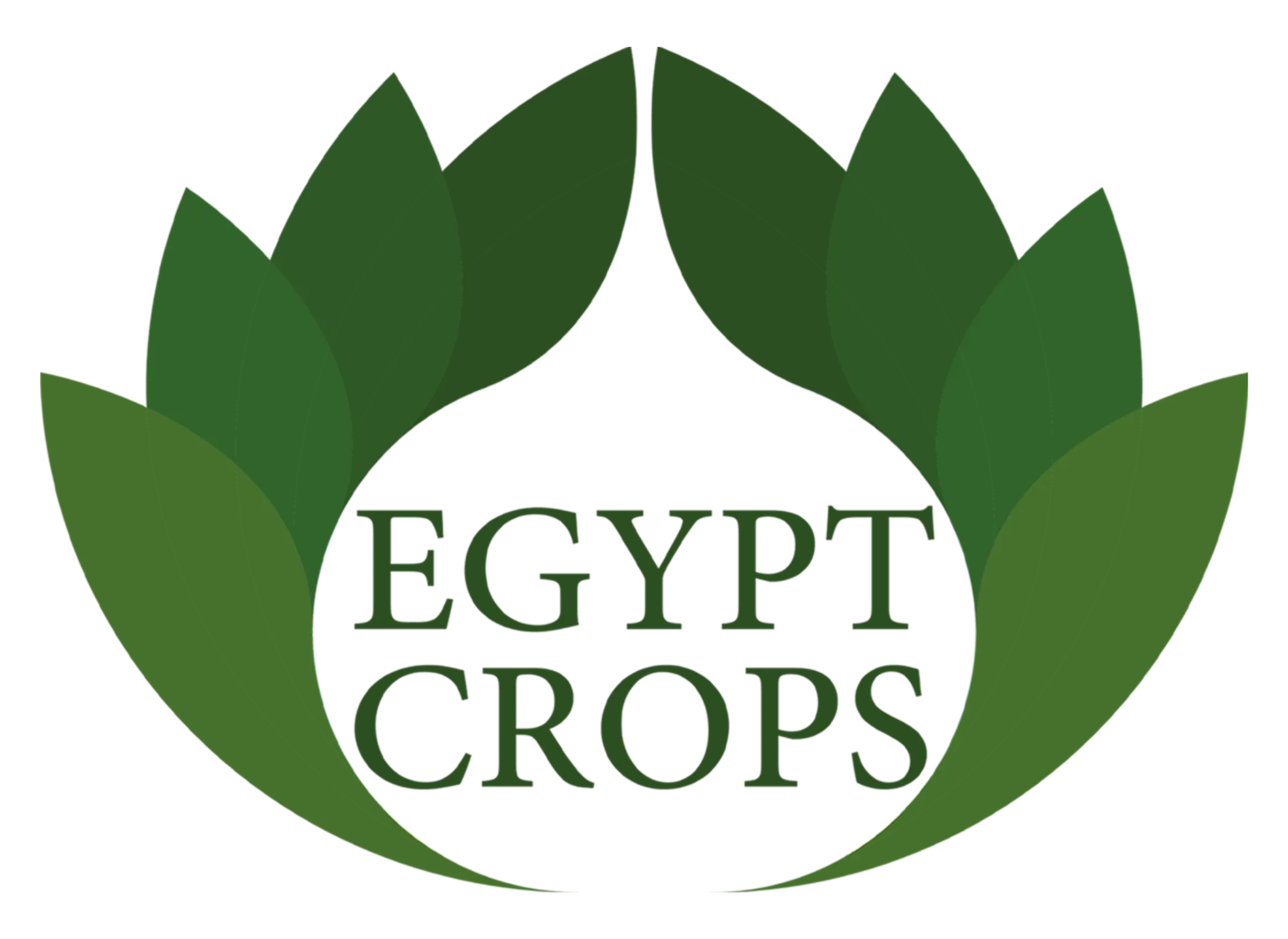Best 8 varieties of Egyptian mandarins are required worldwide
Mandarins are a popular citrus fruit that is widely cultivated in Egypt. The country is known for producing different mandarin varieties that are delicious and enjoyed worldwide.
The mandarins group is the second-largest cultivated group of citrus fruits in Egypt, after sweet oranges.
It consists of several intergeneric species and interspecific hybrids, including mandarin, Satsuma, clementine, willow leaf, tangors, and tangelos.
These mandarin varieties are grown in different regions of Egypt, with the total cultivated area reaching 47,646 hectares, In order for the Egyptian mandarins to become the most important crop that is exported from Egypt worldwide.

Cultivation Areas
There are three main areas for mandarin cultivation in Egypt: Nubaria district, North Sinai, and Ismailia.
The Nubaria district has the largest cultivated area for mandarins, with 20,363 hectares. North Sinai and Ismailia have smaller cultivated areas, with 3,386 hectares and 3,006 hectares, respectively.
1. Satsuma Mandarin (Citrus unshiu)
Satsuma mandarin is an early ripening fruit that matures from November to December.
It is a seedless medium to small-sized fruit with loose skin and a moderately sweet flavor. The rind and flesh are orange in color.
2. Clementine Mandarin (Citrus clementina)
Clementine mandarin originated in North Africa and is also known as Algerian Tangerine.
It ripens in late fall, from December to February. The fruit is peeled easily, juicy with a sweet rich flavor, and has an excellent taste. It is a medium to small-sized fruit that is usually commercially seedless, with a deep orange to orange-red rind color.
3. Murcott or Honey Tangerine
Murcott mandarin trees are moderately vigorous, and the fruit is produced in clusters on the terminal end.
In heavy years, fruits are cropped till the ending branches and sometimes break them. Therefore, trees need wooden support to fix branches.
Murcott is considered the latest maturing tangerine cultivar, with the fruit maturing from January to March. The fruit is seedy and small, with yellow-orange rind and a sweet flavor. It has excellent qualities for fresh consumption.
4. Ponkan Chinese Honey Mandarin (Citrus reticulata blanco)
Ponkan is possibly the most broadly cultivated mandarin in the world, particularly in China, India, and Brazil.
It is a vigorous grower with an upright bearing. The mature tree is medium-sized, and the fruits are usually oblate in shape, with a loosely-adherent thick rind.
5. Kinnow Mandarin (Citrus nobilis Lour & Citrus deliciosa Tenora)
Kinnow mandarin is best cultivated in hot climates and grows well in new reclaimed areas. The trees are of small size, and the fruit is seedy, very sweet, and fragrant.
It is a mid-season fruit that ripens from January to April. It is hard to peel; therefore, it is proper for exporting over long distances.
6. Mediterranean or Willow Leaf Mandarin
The Mediterranean or willow leaf mandarin has yellow-orange peel color, a smooth and glossy appearance. It is sweet, aromatic, and juicy with a few seeds and is a mid-season ripening fruit.
7. Fremont Mandarin
Fremont mandarin is a medium-sized fruit that ripens early, from fall to winter. It is seedy, sweet fruit with bright orange rind.
8. Dancy Tangerine
Dancy tangerine trees grow better under desert conditions, therefore they are cultivated in Egypt in new reclaimed areas.
The fruits are seedy and smaller than other varieties, with a spicy flavor and dark orange-red rind and flesh. The thin rind peels easily, and the fruit ripens from December to January.

Other Mandarin Varieties
There are also other mandarin varieties cultivated in Egypt on a small scale, including Fina clementine, Nour clementine, Minneola Tangelo, Orlando Tangelo, Fortune Mandarin, Fremont Mandarin, and Fairchild Mandarin.
Conclusion
Egyptian mandarins are diverse and delicious, with each variety having its unique characteristics.
From the early ripening Satsuma mandarin to the late-maturing Murcott mandarin, there is an Egyptian mandarin variety for everyone.
With the different cultivation areas in Egypt, mandarin production is expected to continue increasing, providing a steady supply of high-quality fruits to the domestic and international markets.

